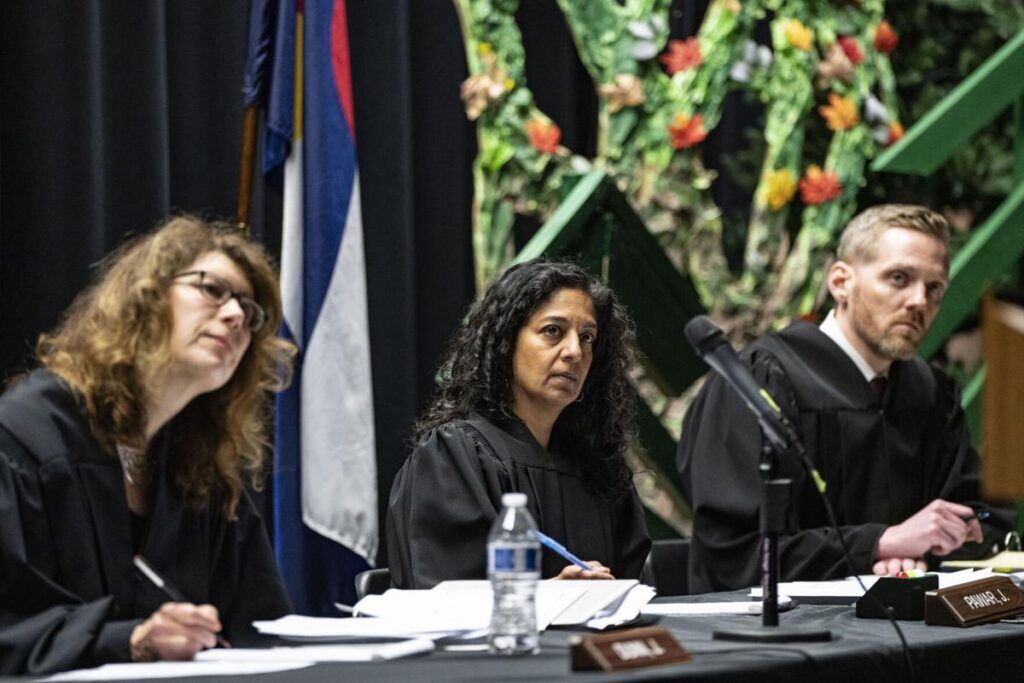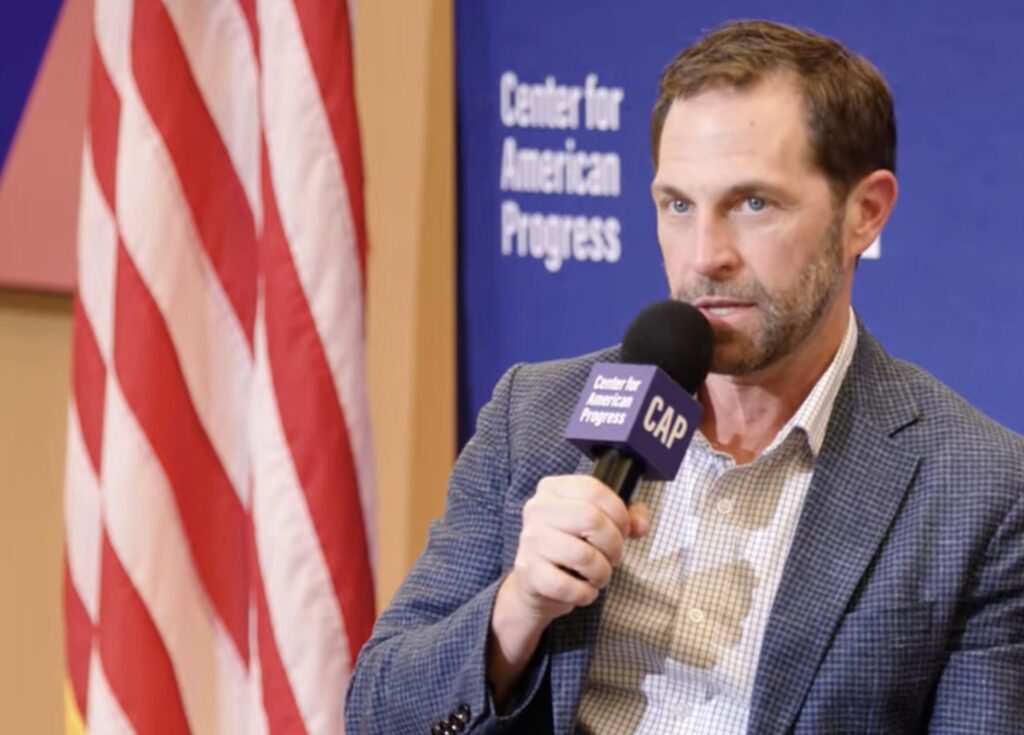Human trafficking awareness training in Colorado Springs addresses growing problem

The main difference between the slave trade of the 1700s and today’s version is that now it’s hidden.
And that’s the reason the commercial sex trade hasn’t been abolished, according to experts who conducted training Thursday for school teachers and administrators across the region.
“The biggest problem is people not seeing it, and if you can’t see it, how are you going to report it and help the victims,” said Lisa Brandt, education awareness chair for the Human Trafficking Task Force of Southern Colorado.
The group sponsored Thursday’s session titled “Screen Time + Human Trafficking in Our Schools.” It was held at Manitou Springs School District 14; upcoming presentations will be at Academy School District 20 and Harrison School District 2.
Human trafficking – when someone is forced, coerced or tricked into working for the profit of someone else, primarily as a prostitute – is “much bigger” than Sgt. Craig Simpson ever thought.
“A lot of parents have this idea that human trafficking is something that occurs in other countries, and we don’t have it here,” said Simpson, who runs the Colorado Springs Police Department’s Vice and Trafficking Unit.
“Do we have this problem in Colorado Springs? Yes we do, and it’s our kids that are in our schools, our churches, our neighborhoods that are being victimized.”
Police focus on juvenile prostitution involving boys, girls and transgender youth; the johns who pay to have sex with the kids; and individuals, gangs and cartel members who pimp the adolescents to turn tricks.
Human trafficking is expected to overtake illegal drug activity as the top illicit crime worldwide, experts said. There are nearly 21 million victims annually in what’s become a $32 billion industry.
The internet and social media are fueling the rapid growth, said Deputy Jay Martin of the Douglas County Sheriff’s Office. Martin is the lead instructor for the office’s Youth Education and Safety in Schools program and helped launch a national curriculum to make sixth- through ninth-graders aware of the issue, and train parents to recognize the signs and know what to do if they think their children have been victimized.
Martin said the FBI Rocky Mountain Innocence Lost Task Force recently rescued 17 kids, 10 of whom were males.
The average age of children involved in human trafficking is 12 to 14 years old, Simpson said.
Unlike other youth safety issues, less than 1 percent of human trafficking is reported, according to the National Center for Missing and Exploited Children.
In 2017, the first year the Colorado Child Abuse and Neglect Hotline began taking calls about child sex trafficking, 307 potential cases were reported, the Colorado Department of Human Services said this week.
Youth often are lured by older kids, who may invite them to parties or try to become their “boyfriends,” and lavish praise, listen to them and identify with the problems they’re having at school and at home.
The pimps – who in local cases have ranged from 14 to 70 years old – use Facebook, Instagram and other social media to learn the child’s interests and desires, then appeal to the child’s socio-emotional needs, Martin said.
“Kids lack emotional intelligence because they’re talking to devices, not people,” he said.
Kids often measure their self-esteem by the number of followers, likes or comments they get on social media, which “kills resilience” and creates depression, anxiety and suicidal tendencies, Martin said.
Sexting – sending nude photos using cellphones – often becomes part of the scheme and leads to children having sex in exchange for money or items such as clothing or jewelry.
The pimps like to be called “Daddy” and tell the victims they “own” them, said police. Pimps also may threaten violence or to post nude photos online, or say the children will be arrested for prostitution if they tell anyone.
That’s not true; victims are protected from punishment under the federal Victims of Trafficking and Violence Protection Act of 2000.
Parents and teachers should look for signs of new, significantly older friends, unexplained expensive clothing or other gifts, cellphone obsession, paranoia and other changes in behavior, according to experts.
Martin recommends limiting screen time with any device to two hours a day. Children on average spend 7½ to 9½ hours a day on screen time, he said.
Parents can help build emotional intelligence by being good role models and working with children to take responsibility for their actions, delay personal gratification, control impulses and build empathy for others, Martin said.
With indications of possible human trafficking in Lewis-Palmer School District 38, the Monument district is in the early stages of building an educational campaign for students, staff and parents, said Superintendent Karen Brofft.
“I don’t think people are as aware it’s happening everywhere,” she said. “Typically, people are in denial. We want to be sure we’re walking the line between providing information and not creating fear but creating a realistic understanding that this is an issue we need to address.”
Jeff Yocum, director of operations at The Vanguard School, a charter school in Cheyenne Mountain School District 12, attended Thursday’s training.
“Like all schools, we’re trying to figure out how to best educate ourselves and our community about how it’s getting into our schools,” he said. “We haven’t seen it, but there are things going on we don’t know about, and we need to have parents, staff and students understand the warning signs. A lot people think this is an overseas thing that’s going on in Third World countries, but it’s very much happening in Colorado Springs.”
The Colorado hotline for child abuse, neglect and sex trafficking is (844) 264-5437.












